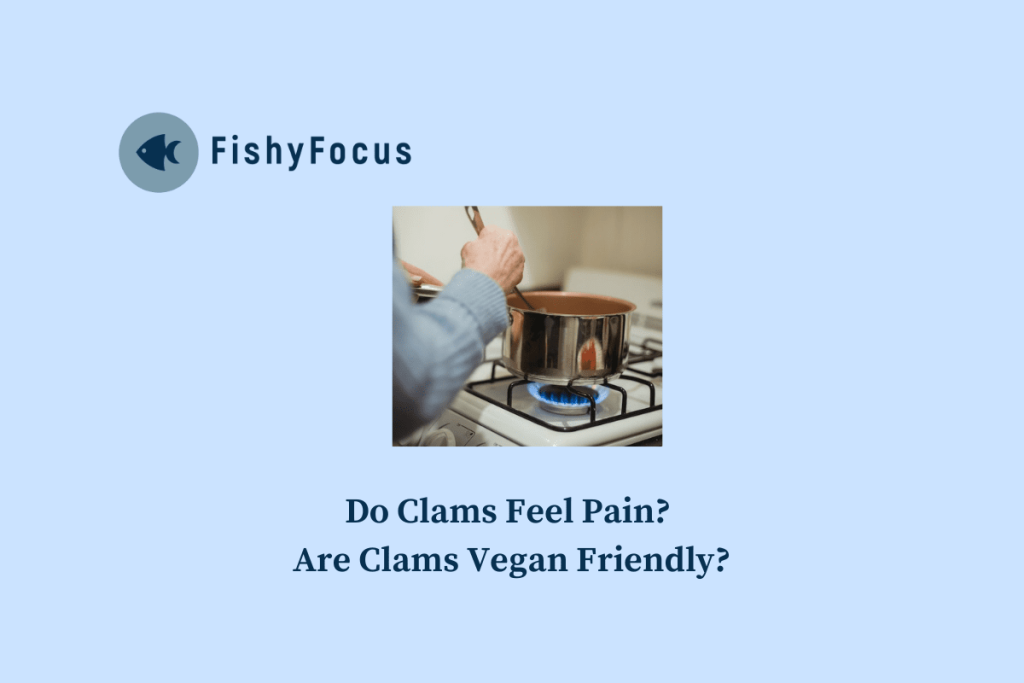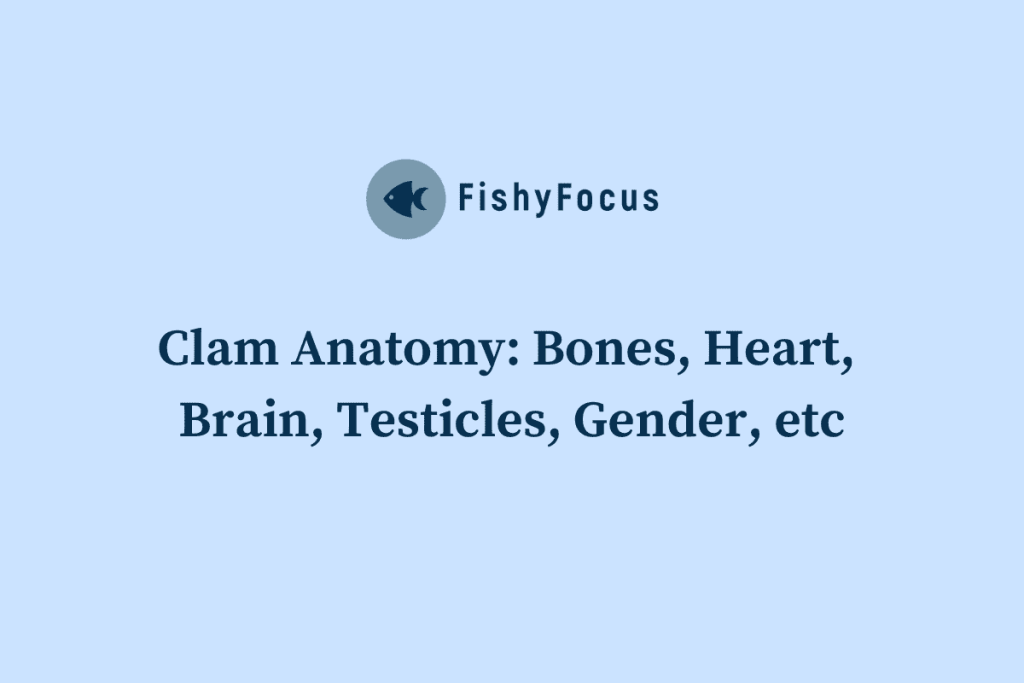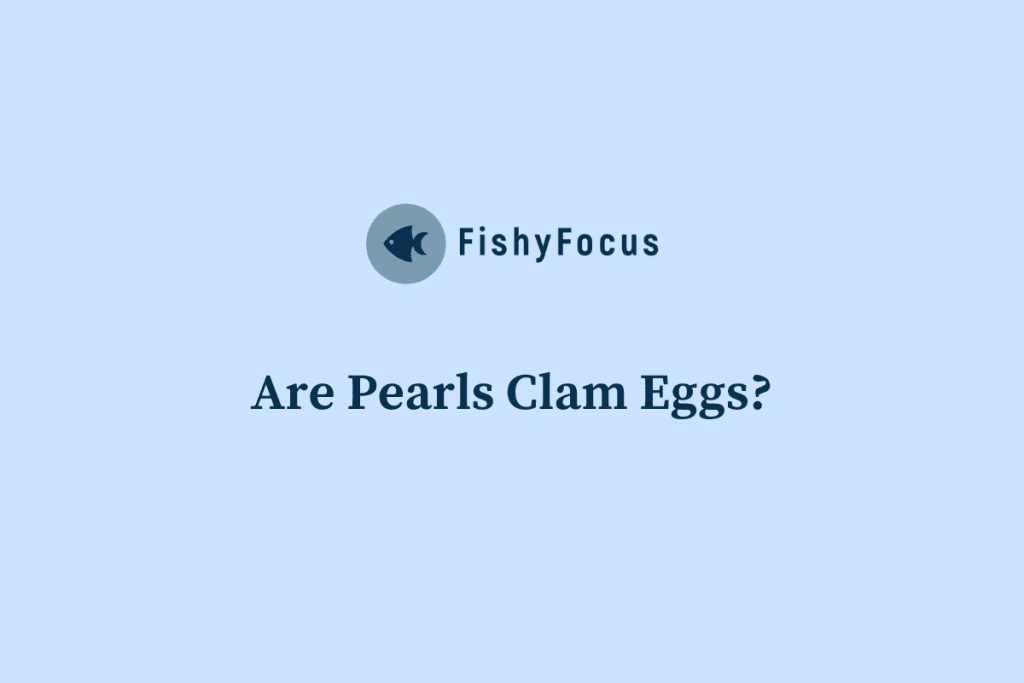Clams are fascinating creatures that inhabit both freshwater and saltwater environments. They are bivalve mollusks, meaning they have two shells that protect their soft bodies. Clams are filter feeders, meaning they extract food particles from the water by filtering it through their gills. They play a crucial role in maintaining the health of aquatic ecosystems by filtering water and removing excess nutrients.
Understanding the habitat requirements of clams is essential for keeping them in captivity. Clams have specific needs when it comes to water quality, temperature, and substrate. Replicating their natural habitat as closely as possible is crucial for their well-being and survival in captivity.
Key Takeaways
- Clams are aquatic animals that require specific habitat requirements to survive.
- Tap water contains chemicals such as chlorine that can be harmful to clams.
- The pH level, temperature, and hardness of tap water can affect clams’ ability to live in it.
- To keep clams in tap water, it is important to dechlorinate the water and maintain proper water parameters.
- Alternatives to tap water, such as filtered or distilled water, may be better suited for keeping clams.
Understanding the Characteristics of Tap Water
Tap water is the most readily available source of water for many people. It is supplied by municipal water systems and undergoes treatment processes to make it safe for human consumption. Tap water typically contains a variety of minerals, chemicals, and additives that can affect its quality.
The composition of tap water can vary depending on the source and treatment methods used. It usually contains minerals such as calcium, magnesium, and potassium. Additionally, tap water may contain chlorine or chloramine, which are added to disinfect the water and kill harmful bacteria.
Other factors that can affect tap water quality include pH levels, hardness, and the presence of heavy metals or contaminants. These factors can have a significant impact on the suitability of tap water for clams.
Can Clams Survive in Tap Water?
Whether clams can survive in tap water depends on several factors. Some species of clams are more tolerant of varying water conditions than others. Freshwater clams, for example, are generally more adaptable to different water sources compared to saltwater clams.
The ability of clams to survive in tap water also depends on the specific characteristics of the tap water itself. Factors such as pH levels, hardness, and the presence of chemicals can affect the health and well-being of clams. It is important to consider these factors when deciding whether tap water is suitable for keeping clams in captivity.
The Impact of Chlorine and Other Chemicals on Clams
Chlorine is commonly used in municipal water treatment to kill bacteria and other microorganisms. While it is effective at disinfecting water, chlorine can be harmful to clams and other aquatic organisms. Exposure to high levels of chlorine can damage the gills and respiratory system of clams, leading to stress, illness, or even death.
In addition to chlorine, tap water may contain other chemicals such as heavy metals, pesticides, or pharmaceutical residues. These chemicals can also have detrimental effects on clams and their overall health.
It is important to remove or neutralize these chemicals before introducing tap water into a clam tank. This can be done through various methods such as using dechlorination agents or allowing the water to sit for a period of time to allow the chlorine to dissipate.
Factors that Affect Clams’ Ability to Live in Tap Water
Several factors can affect clams’ ability to live in tap water. These include pH levels, hardness, temperature, and the presence of contaminants.
pH levels refer to the acidity or alkalinity of the water. Clams generally prefer a pH range between 6.5 and 8.5. Water that is too acidic or alkaline can stress clams and affect their ability to filter feed properly.
Hardness refers to the concentration of minerals in the water, particularly calcium and magnesium. Clams require a certain level of hardness for shell growth and overall health. Water that is too soft or too hard can negatively impact clams’ ability to thrive.
Temperature is another crucial factor for clams’ survival. Different species of clams have different temperature requirements, so it is important to research the specific needs of the species you are keeping. Sudden temperature fluctuations or extremes can be detrimental to clams.
The presence of contaminants such as heavy metals, pesticides, or pharmaceutical residues can also affect clams’ ability to survive in tap water. Regular water testing and treatment can help mitigate these issues.
Tips for Keeping Clams in Tap Water
If you decide to keep clams in tap water, there are several tips you can follow to ensure their well-being:
1. Test the water: Regularly test the tap water for pH levels, hardness, and other parameters to ensure they are within the suitable range for clams.
2. Use dechlorination agents: If your tap water contains chlorine, use a dechlorination agent to neutralize it before adding it to the clam tank.
3. Allow the water to sit: If you don’t have access to a dechlorination agent, you can let the tap water sit for 24-48 hours before using it. This will allow the chlorine to dissipate naturally.
4. Maintain proper temperature: Ensure that the water temperature remains within the appropriate range for your specific species of clams.
5. Provide suitable substrate: Clams require a substrate that allows them to bury themselves partially. Sand or fine gravel is ideal for this purpose.
6. Monitor water quality: Regularly test the water parameters such as ammonia, nitrite, and nitrate levels to ensure they are within acceptable ranges.
7. Perform regular water changes: Regularly change a portion of the water in the clam tank to maintain good water quality and remove any accumulated waste or toxins.
Precautions to Take When Keeping Clams in Tap Water
When keeping clams in tap water, there are several precautions you should take to prevent common problems:
1. Avoid sudden changes: Clams are sensitive to sudden changes in water conditions. Avoid rapid changes in temperature, pH, or hardness to prevent stress or illness.
2. Use a water conditioner: Consider using a water conditioner that removes chlorine, chloramine, and other harmful chemicals from tap water. This will help ensure the water is safe for clams.
3. Monitor water quality closely: Regularly test the water parameters and monitor for any signs of stress or illness in the clams. Address any issues promptly to prevent further complications.
4. Avoid overfeeding: Overfeeding can lead to poor water quality and excess waste, which can be harmful to clams. Feed them a balanced diet and remove any uneaten food to maintain good water quality.
5. Provide proper filtration: Use a suitable filtration system to remove waste and maintain good water quality. Ensure the filter is appropriate for the size of the tank and the needs of the clams.
Alternatives to Tap Water for Clams
If tap water is not suitable for keeping clams, there are alternative water sources that can be used:
1. Well water: Well water is often free from chlorine and other chemicals found in tap water. However, it may still contain minerals or contaminants that need to be addressed.
2. Rainwater: Collecting rainwater can be an alternative source for clams. However, it should be filtered and tested for any contaminants before using it in the clam tank.
3. Reverse osmosis (RO) water: RO water is purified through a filtration process that removes most impurities, including chlorine and other chemicals. However, it may also remove essential minerals that clams need.
Each alternative has its advantages and disadvantages, so it is important to research and consider the specific needs of your clams before choosing an alternative water source.
Common Mistakes to Avoid When Keeping Clams in Tap Water
When keeping clams in tap water, there are several common mistakes that people make:
1. Neglecting water quality: Poor water quality can lead to stress, illness, or death in clams. Regularly test the water parameters and address any issues promptly.
2. Overstocking the tank: Clams require space to move and filter feed properly. Overstocking the tank can lead to overcrowding and poor water quality.
3. Ignoring temperature requirements: Clams have specific temperature requirements. Ignoring these requirements can lead to stress or even death.
4. Using untreated tap water: Tap water often contains chlorine or chloramine, which can be harmful to clams. Always treat the tap water before adding it to the clam tank.
5. Lack of research: Clams have specific needs when it comes to water quality, temperature, and substrate. Lack of research can lead to poor conditions and health issues for the clams.
Is Tap Water Suitable for Clams?
In conclusion, tap water can be suitable for keeping clams in captivity if certain precautions are taken. Understanding the characteristics of tap water and its impact on clams is crucial for their well-being and survival.
Factors such as pH levels, hardness, temperature, and the presence of contaminants can affect clams’ ability to live in tap water. By monitoring and managing these factors, it is possible to create a suitable environment for clams in captivity.
However, it is important to note that not all species of clams are equally adaptable to tap water. Some species may require more specific water conditions that cannot be met with tap water alone. In such cases, alternative water sources may need to be considered.
Ultimately, the suitability of tap water for clams depends on the specific needs of the species and the quality of the tap water itself. It is important to research and understand these factors before deciding to keep clams in tap water.
FAQs
What are clams?
Clams are bivalve mollusks that live in both freshwater and saltwater environments. They have two shells that protect their soft body and are filter feeders.
Can clams live in tap water?
It depends on the type of clam and the quality of the tap water. Some clams, such as freshwater clams, can survive in tap water as long as the water is clean and free of contaminants. However, other types of clams, such as saltwater clams, cannot survive in tap water due to the lack of salt and other necessary minerals.
What is the ideal water quality for clams?
The ideal water quality for clams depends on the type of clam and its natural habitat. Generally, clams prefer water that is clean, well-oxygenated, and free of pollutants. Freshwater clams prefer water with a pH between 6.5 and 8.0, while saltwater clams prefer water with a salinity level between 30 and 35 parts per thousand.
What happens if clams are kept in poor water quality?
If clams are kept in poor water quality, they may become stressed and more susceptible to disease and parasites. They may also stop feeding and become weak, which can lead to death.
How can I ensure the water quality is suitable for clams?
To ensure the water quality is suitable for clams, you should test the water regularly for pH, salinity, and other parameters. You should also avoid overfeeding and keep the tank or pond clean and well-maintained. If you are unsure about the water quality, consult with a veterinarian or aquatic specialist.



